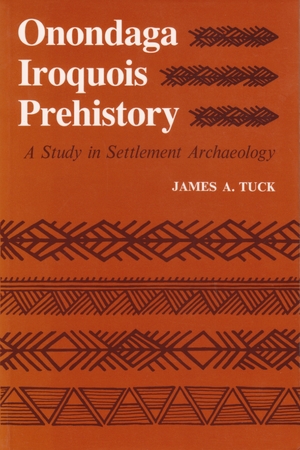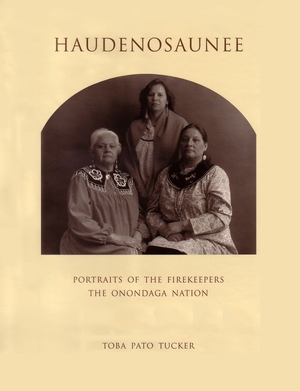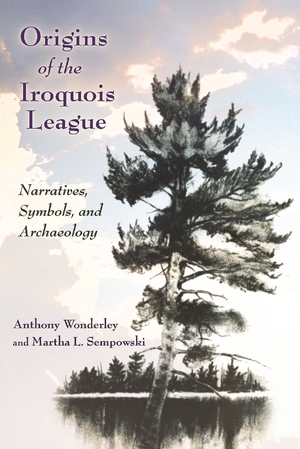Description
A groundbreaking exploration of the cultural and archaeological heritage of the Onondaga Iroquois. The book begins by weaving a concise yet rich historical narrative of Onondaga society, tracing major milestones in Iroquois prehistory. Tuck methodically delves into detailed accounts of archaeological sites, uncovering their discovery, geographical context, excavation processes, and the fascinating artifacts revealed. Organized into distinct chronological phases—Castle Creek, Oak Hill, Chance, and Garoga—the study follows William A. Ritchie’s classification to illuminate the evolution of Onondaga settlement patterns.
In a compelling final chapter, Tuck synthesizes his extensive findings, leveraging cutting-edge radiocarbon dating techniques to uncover the origins and growth of Onondaga culture. Richly illustrated with 44 plates showcasing arrowpoints, ceramic sherds, post molds outlining longhouses, cooking pits, human burials, smoking pipes, and more, this work is visually captivating as well as intellectually stimulating. Eight figures provide invaluable maps and excavation details, while 21 tables present thorough analyses of faunal remains, ceramic types, and pipe varieties. The appendix enhances the study with techniques of ceramic analysis and intricate line drawings of ceramic forms.
This is an indispensable resource for scholars, archaeologists, and history enthusiasts alike, offering profound insights into the Onondaga Iroquois and their enduring legacy.
About the Author
James A. Tuck received the Ph.D. from Syracuse University. He is author of many articles on Northeastern prehistory and is archaeological consultant to the Department of Provincial Affairs, Government of Newfoundland and Labrador. Tuck is associate professor of anthropology, Memorial University of Newfoundland, St. John’s, where he is also associated with the Institute for Social and Economic Research. His current field work includes investigating the archaeology of Northern Labrador.
September 1990




